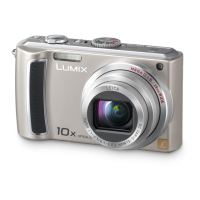
Do you have a question about the Panasonic DMC-TZ5 and is the answer not in the manual?
| Sensor Type | CCD |
|---|---|
| Sensor Size | 1/2.33 inch |
| Effective Pixels | 9.1 megapixels |
| Optical Zoom | 10x |
| Aperture Range | f/3.3 - f/4.9 |
| LCD Screen Size | 3.0 inches |
| LCD Screen Resolution | 230, 000 dots |
| Video Resolution | 1280 x 720 (HD) |
| Image Stabilization | Optical |
| Shutter Speed | 8 - 1/2000 sec |
| Battery | Lithium-Ion Battery Pack |
| Dimensions | 103.3 x 59.3 x 36.5 mm |
| Digital Zoom | 4x |
| Lens | LEICA DC VARIO-ELMARIT |
| Focal Length | 28-280mm |
| Storage Media | SD, SDHC |
| ISO Range | 100-1600 |
Essential safety guidelines to prevent fire, electric shock, and product damage.
Step-by-step instructions for replacing the fuse in the AC power cable.
Steps for charging, inserting battery/card, powering on, and taking a picture.
Overview of primary operations: taking photos, viewing on screens, printing, and saving.
Guidance on test shots, avoiding damage, and understanding LCD characteristics.
Instructions for charging the battery and inserting it with the memory card.
How the camera identifies scenes and adjusts settings automatically for optimal shots.
Adjusting camera parameters like zoom, flash, and color for desired results.
Exploring the camera's zoom capabilities, including optical and EZ zoom.
Navigating through recorded images, scrolling, and viewing playback information.
Procedures for removing unwanted pictures from the camera's memory.
Utilizing various flash modes for optimal illumination in different shooting scenarios.
Techniques and settings for capturing detailed macro shots with clarity.
Using the self-timer for delayed shots and improved stability.
Adjusting exposure levels and capturing bracketed exposures for optimal results.
Selecting scene modes to automatically optimize camera settings for specific environments.
Introduction to various scene modes including Portrait, Sports, Night, and Food.
Instructions for recording video clips, aspect ratios, and managing recording time.
Setting travel dates, locations, and world time for photo information.
Manually adjusting ISO sensitivity for better performance in various lighting conditions.
Capturing rapid sequences of images by continuously pressing the shutter button.
Recording video clips and creating still images from motion picture footage.
Connecting the camera to a PC for transferring, viewing, and managing photos.
Connecting the camera directly to a printer for photo printing without a computer.
Instructions for connecting the camera to a TV using AV or component cables.
Utilizing component cables for high-definition playback on compatible TVs.
Answers to common queries about card usage, computer connectivity, and date printing.
Guidelines for using the camera safely and protecting it from environmental factors.
Detailed technical data including sensor, lens, zoom, focus, and dimensions.
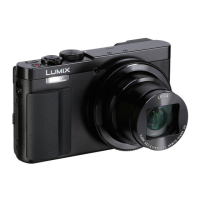
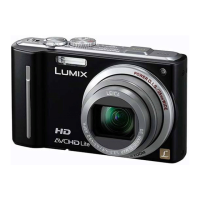


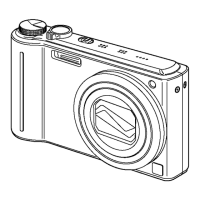

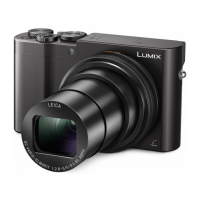
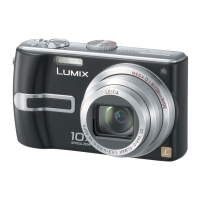
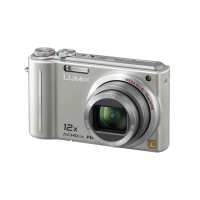
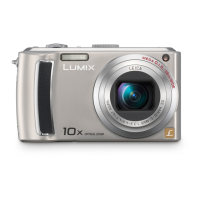
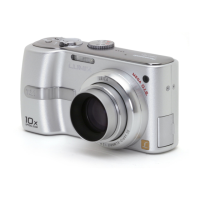
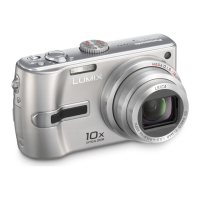
